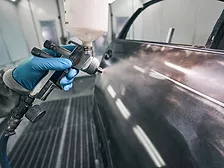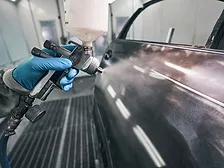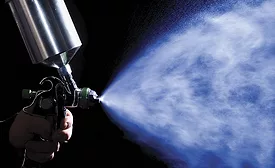Michael Bonner
Bonner is Vice President – Engineering & Technology, Saint Clair Systems, Inc., Washington, MI
Vice President - Engineering & Technology, Saint Clair Systems, Inc., Washington, MI
ARTICLES
Keep the info flowing with our eNewsletters!
Get the latest industry updates tailored your way.
JOIN TODAY!Copyright ©2026. All Rights Reserved BNP Media.
Design, CMS, Hosting & Web Development :: ePublishing






